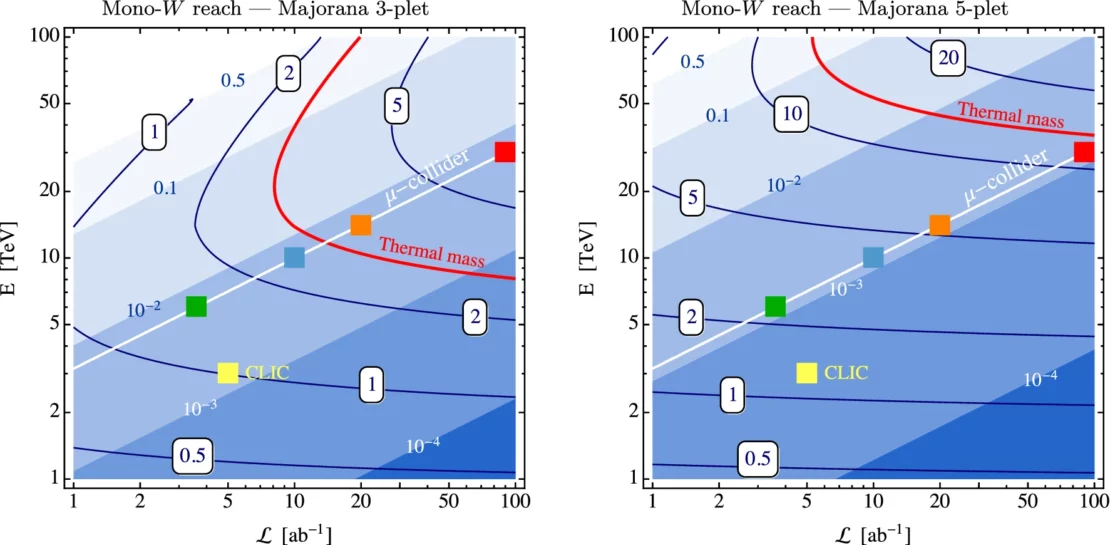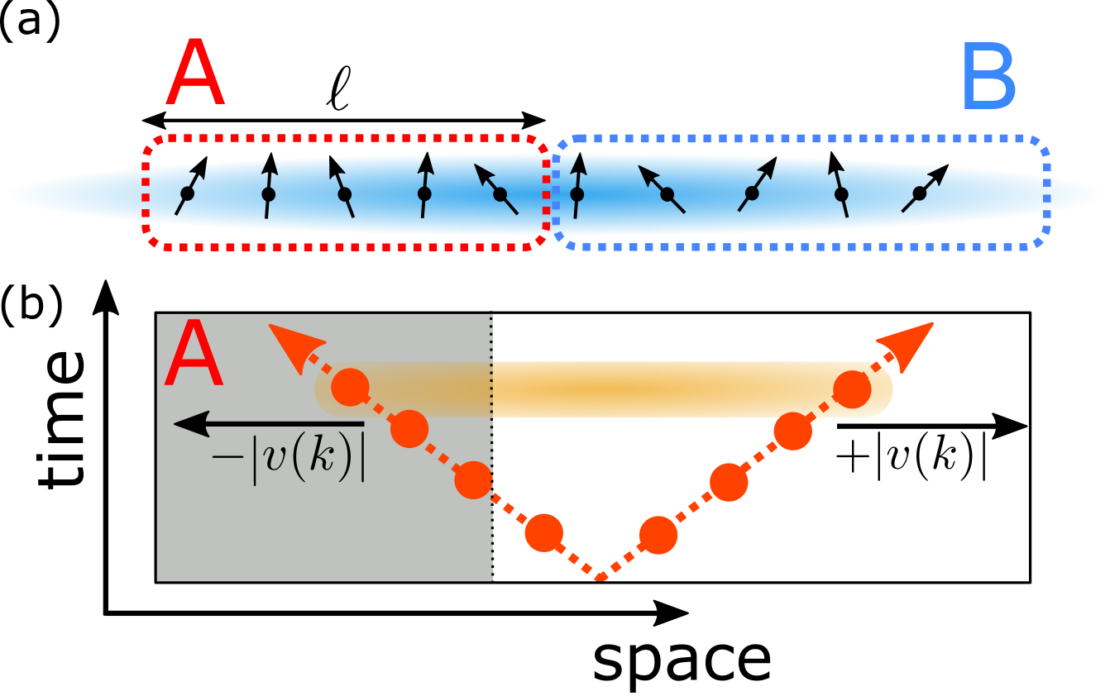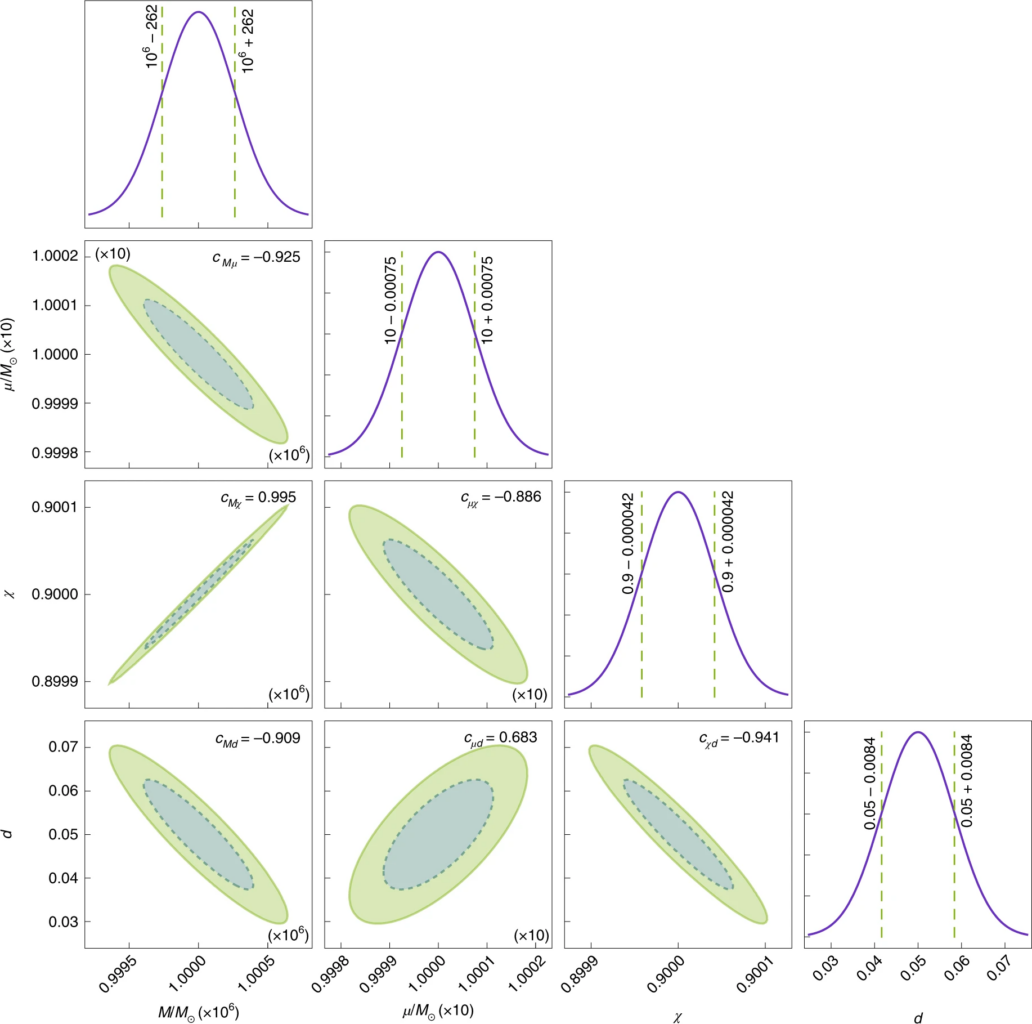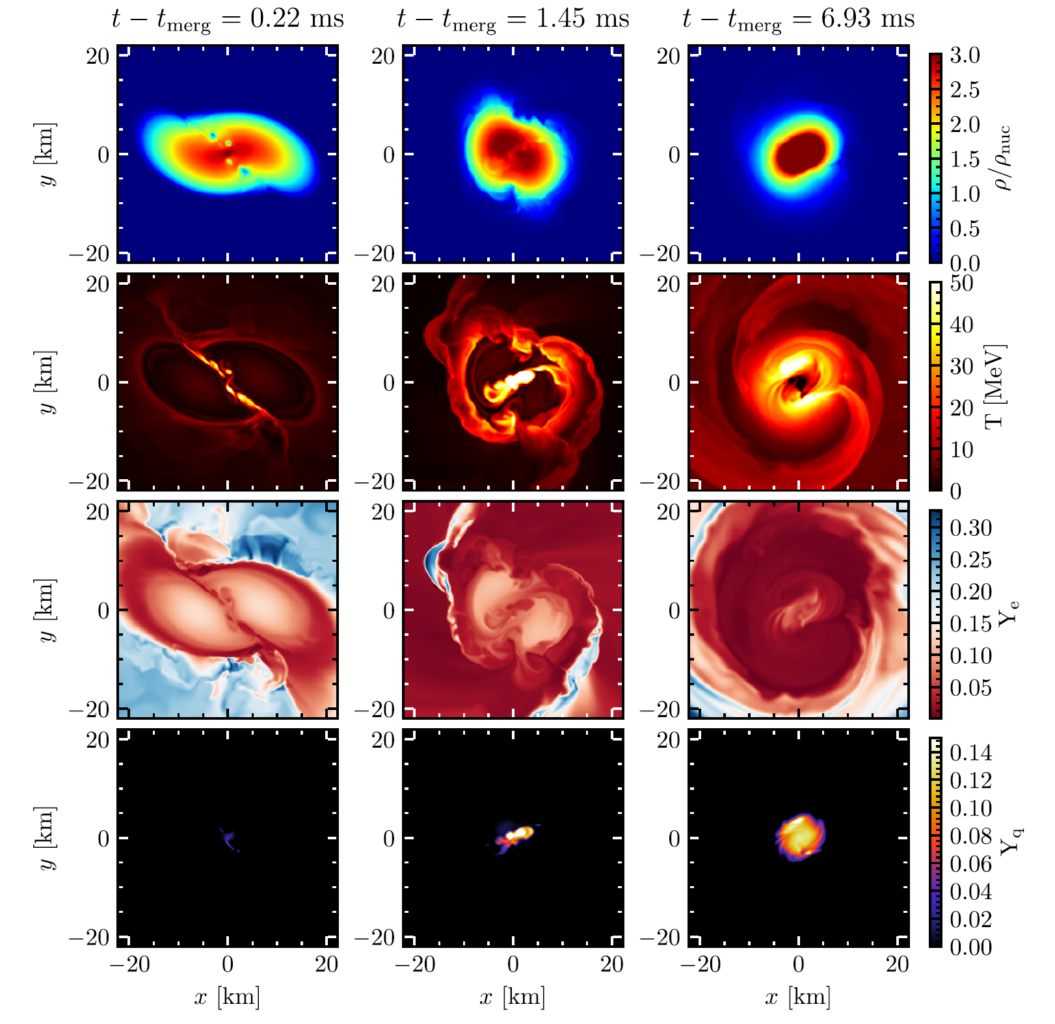The Theory Group of the Department of Physics is active in several research areas. Its activity is focused on the development of theoretical models and novel techniques to explain phenomena in various contexts, as well as on the interpretation of experimental results. All these methodologies can be applied to different research fields, promoting the exchange of ideas and collaborations. As an example, we mention quantum field theories, which may be useful to a broad spectrum of problems, ranging from fundamental interactions to statistical and condensed-matter physics.
In the following, we list our main objectives in the macro-areas of Fundamental Interactions (in the context of high-energy physics), Statistical and Condensed-Matter Physics, Physics of the Universe and Cosmology, Nuclear Physics. Despite we discuss them separately, they share strong connections and similar tools, such as quantum and statistical field theories.
Fundamental Interactions
Some research lines develop effective analytical and numerical methods to accurately obtain theoretical predictions, which can be compared with experimental results or observations from the cosmos. There are also research projects which are meant to develop new ideas and fundamental mechanisms, to provide answers to the unsolved problems of modern physics. For example, we mention issues in the context of the thermodynamics of the hadronic matter, the impact of topological properties of the strong-interaction theory and their relation with the new physics arising from axions, the origin of the dark matter and energy determining the evolution for the universe, the formulation of a quantum theory of gravity.
More information: Fundamental Interactions.

Statistical and Condensed-Matter Physics
New fundamental issues have emerged from the recent progress of Experimental Physics, calling for further developments of statistical and quantum theories to describe the dynamics of many-body systems. Our research projects focus on the equilibrium and out-of-equilibrium phenomena in quantum many-body systems (isolated and interacting with an external environment), critical phenomena at thermal and quantum transitions, the interplay between global and local gauge symmetries in emerging phenomena with gauge symmetries and different realizations of the Higgs mechanisms, and issues related to the recent development of quantum computation and information.
More information: Statistical and Condensed-Matter Physics.

Physics of the Universe and Cosmology
The progress in the observation of the Universe using various channels, from light to gravitational waves, paves the way for a substantial progress of our knowledge of the Universe in the near future, concerning its evolution from the Big Bang, and its main mysteries, related to the dark matter and energy, inflation mechanisms during the early universe, and the perturbations giving rise to the actual shape and matter distribution. These timely aspects are among the research subjects of our group.
More information: Physics of the Universe and Cosmology

Nuclear Physics
Various issues are also addressed within Nuclear Physics. Among the others, we mention the study of few-nucleon systems and their reactions, of particular interest in astrophysics, for example for the early universe and stellar nucleosynthesis, the physics of compact stars where nuclear matter is expected to be very dense. These issues have significant connections with experimental activities that are also present in our department.
More information: Nuclear Physics

We also mention studies related to the foundations of quantum and matematical physics, as well as the history of physics, including the first dictionary of biography of the Italian physicists, the historical statistics on teaching at the Universities, the research activities of physicists in Pisa.
Our development projects for the next years are intended to favor the growth of research lines with the best potentialities. This will be pursued in such a way to guarantee a sufficiently broad spectrum of skills, a necessary and crucial condition to achieve a successful training to our students.
Further details on the research of the Pisa Theory Group within the Pontecorvo Area, including both the University and INFN, can be found on the webpage: https://sites.google.com/a/unipi.it/pisa-theory-group/, containing an up-to-date description of the activities. This includes the links (open access) to all publications, in particular to the most recent ones.
